Entries Tagged 'Art and Culture' ↓
July 14th, 2010 — Art and Culture

One of the greatest ballet companies in the world, American Ballet Theatre celebrates its 70th Anniversary in 2010 by bringing the magic of dance theater and its world-class dancers to Los Angeles in THE SLEEPING BEAUTY.
Featuring some of the most memorable choreography in all of ballet and Tchaikovsky’s famous score, this timeless fairy tale springs to life in a splendid production for the entire family. The beloved story of the beautiful Princess Aurora, the evil sorceress Carabosse, and the awakening kiss of a handsome prince is certain to cast a spell on your heart and imagination.
Exclusive Engagements from July 15th – July 18th
The Dorothy Chandler Pavilion
135 North Grand Avenue
Los Angeles, California 90012
Visit Ticketmaster.Com for Tickets
or www.MusicCenter.Org for more Information
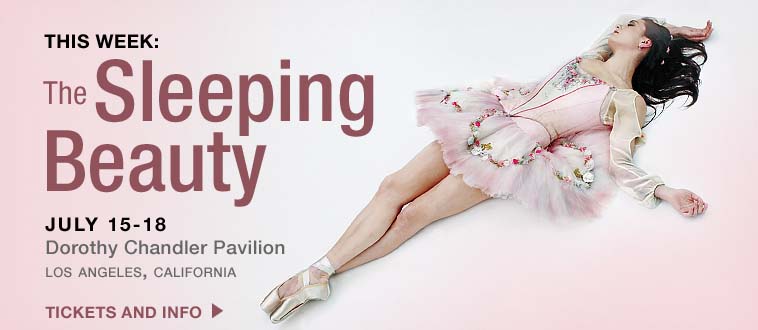
April 14th, 2010 — Art and Culture

“It is through living that we discover ourselves, at the same time as we discover the world around us” – Henri Cartier-Bresson, 1952
Henri Cartier-Bresson (1908–2004) is one of the most original, accomplished, influential, and beloved figures in the history of photography. His inventive work of the early 1930s helped define the creative potential of modern photography, and his uncanny ability to capture life on the run made his work synonymous with “the decisive moment”—the title of his first major book. After World War II (most of which he spent as a prisoner of war) and his first museum show (at MoMA in 1947), he joined Robert Capa and others in founding the Magnum photo agency, which enabled photojournalists to reach a broad audience through magazines such as Life while retaining control over their work. In the decade following the war, Cartier-Bresson produced major bodies of photographic reportage on India and Indonesia at the time of independence, China during the revolution, the Soviet Union after Stalin’s death, the United States during the postwar boom, and Europe as its old cultures confronted modern realities. For more than twenty-five years, he was the keenest observer of the global theater of human affairs—and one of the great portraitists of the twentieth century. MoMA’s retrospective, the first in the United States in three decades, surveys Cartier-Bresson’s entire career, with a presentation of about three hundred photographs, mostly arranged thematically and supplemented with periodicals and books. The exhibition travels to The Art Institute of Chicago, the San Francisco Museum of Modern Art (SFMOMA), and the High Museum of Art, Atlanta. – MOMA.Com

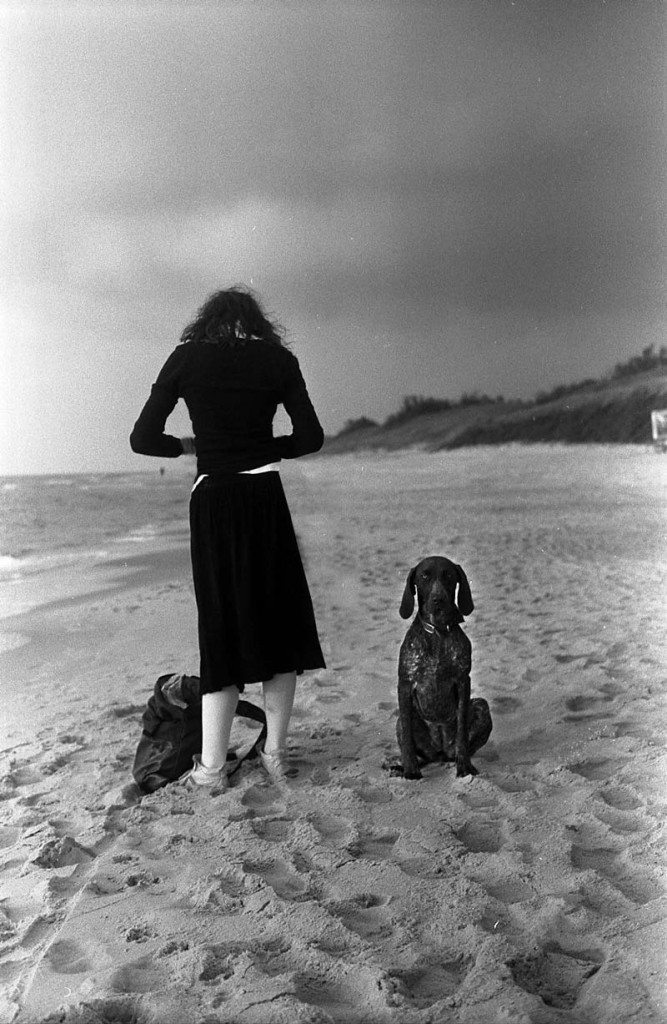
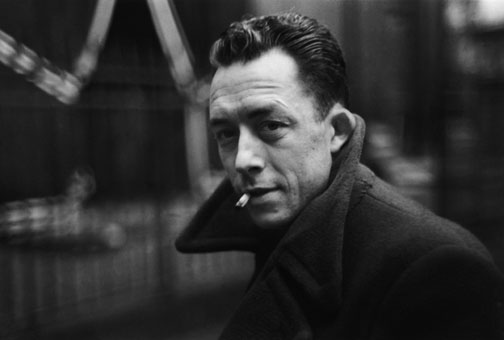


Henri Cartier -Bresson
The Modern Century
April 11 – June 28 2010
Museaum of Modern Art
Sixth Floor
www.MOMA.Org
October 26th, 2009 — Art and Culture, Just ask THE WIFE

Hannah Asked…
Hi!
I have a question, what is the proper audience etiquette when you go see a ballet or an opera? When do you clap? Is whistling/whooping ever socially acceptable?
Thanks!
Hannah
THE WIFE Answered…
Hannah,
Thank you so much for your email! First off, how exciting to attend the Opera or Ballet! It’s one of my favorite reasons to get all dressed up. To be able to enjoy a performers exquisite operatic voice or see the beautiful Pilate’s and twirls of a talented dancer.
With that being said… Going to the Opera and Ballet is something you should always dress up for. Women should be in Cocktail Dresses and Men Business Attire (Button Down Collard Shirts and Slacks.) “Like the elegant decor of The Plaza, the splendor of a theatre deserves an audience with attire to match – and I’ve always been one for Matching.” – Kate Spade. Always bring a sweater or cardigan as Theaters and Opera Houses can get quite chilly. When you arrive check heavy Winter coats at the coat check
I suggest reading a synopsis of the performance before attending, so you can fully understand and appreciate what you are about to see on stage. For instance, in ballets there is not speaking, but interpreting through dance. And many Operas are in another language (although some opera houses provide subtitles above the stage.)
I always encourage Children to be involved in Arts and Culture, But only bring those who will be able to sit through a lengthy performance quietly (sometimes lasting up to 2 or 3 hours.) Parents are the best judge of character, as you know your child best.
Always always be on time. Performances always begin promptly. Allow enough time for traffic and parking. If you do arrive late, you will not be admitted until an appropriate interval or intermission. ( This happen to me at the Ballet Performance of Don Quixote in Paris and we had to watch the first half from the very back steps of the balcony, then during intermission we were properly seated in our purchased seats. Lesson Learned!)
During the Performance Respect those around you by turning off or silencing your cell phones. This means absolutely no texting, as the bright screen can be distracting to those around you. Take photos during a performance is prohibited, as this can be distracting to the performers. Try not to talk or whisper to the person next to you. Also food or drink are never allowed in the theatre or opera house. Avoid opening anything with a loud wrapper like gum or mints, or rummaging through your purse.
If your not sure when to applaud follow the lead of the rest of the audience. If you are moved at the end of the Entire Performance you should stand to show your gratitude with a standing ovation. I would Avoid Whooping, But Shouting Bravo for Men and Brava for the Women is an old tradition when attending the Opera!
Enjoy your Time at the Ballet or Opera!
THE WIFE
October 20th, 2009 — Art and Culture

If any of you wives have yet to see a Phillips de Pury Auction, I suggest you make arrangements to attend the next one. I just began receiving The Phillips de Pury catalogs of beautiful and awe inspiring art. I’ve also had the privilege and opportunity of seeing Mr. Simon de Pury him self auction and his protege, the very charming Alexander Gilkes. Both men know how to make the world of art become Majestic. They have the ability to excite you to wave your Phillips de Pury paddle and bid on your very own piece of art.
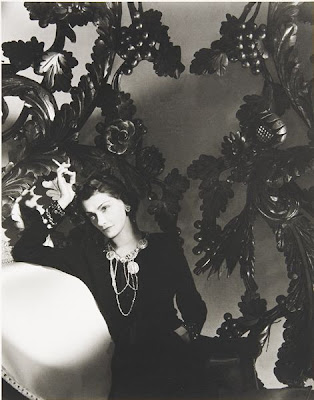
Horst P. Horst
Coco Chanel, Paris, 1937
$5,000 – 7,000
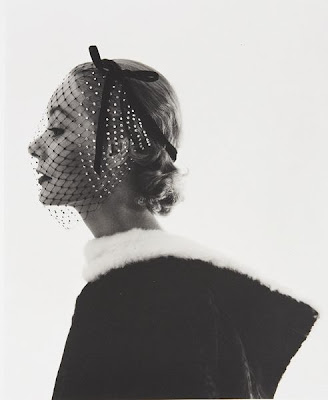
Horst P. Horst
Nina de Voogh, New York, 1951
$5,000 – 7,000
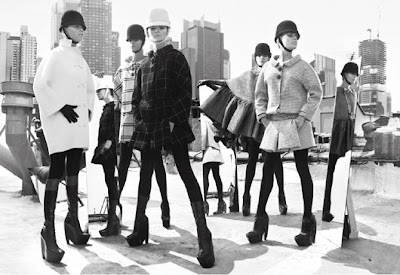
Mark Seliger
Mod Fashion, 2006
$6,000 – $8,000
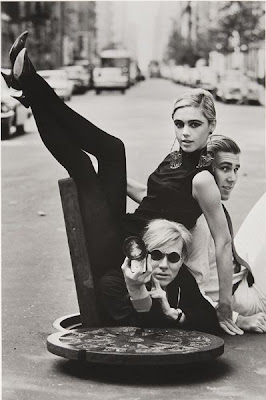
Burt Glinn
Andy Warhol with Edie Sedgwick and Chuck Wein, New York, 1965
$4,000 – 6,000
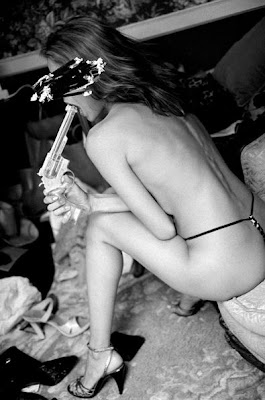
Sante D’orazio
Momento XVIII, 2008
$10,000 – 15,000
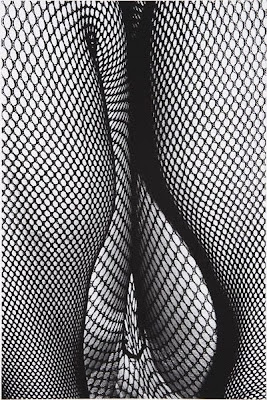
Daido Moriyama
How to Create a Beautiful Picture 6, Tights in Shimotakaido, 1987
$3,000 – $5,000

Albert Watson
Monkey with a Gun, New York City, 1992
$7,000 – $9,000
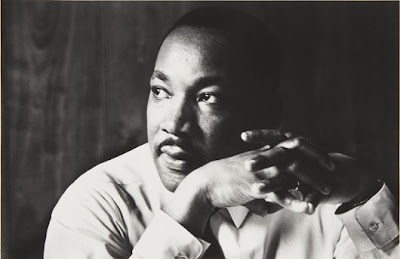
Flip Schulke
Dr. Martin Luther King After “I have a dream” Speech 1963
$1,500 – $2,500
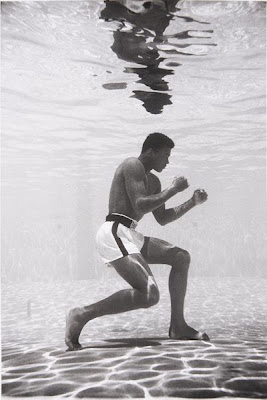
Flip Schulke
Muhammed Ali Boxing Underwater, 1961
$4,000 – $6,000

Peter Beard
Lolindo Lion Charge, 1964
$5,000 – $7,000

Peter Beard
Lolindo Lion Charge, 1964
$15,000 – 20,000
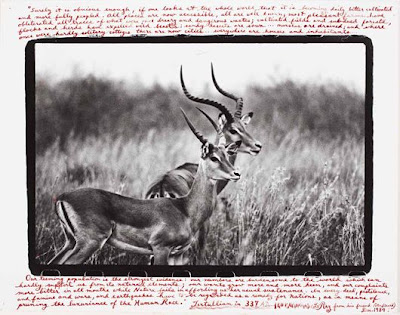
Peter Beard
Antelopes, 1984
$6,000 – 8,000
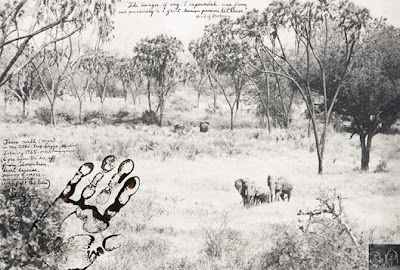
Peter Beard
Tsavo Before the Die-off Tsavo North, 1965
$10,000 – $15,000
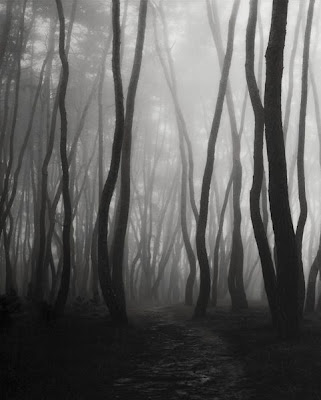
Bien U Bae
Sonamoo, 1986
$50,000 – 70,000
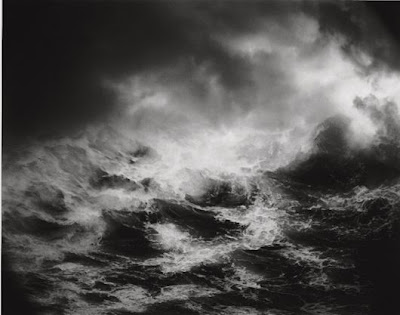
Dodo Jin Ming
Free Element Plate XXXII, 2002
$5,000 – $7,000

Ansel Adams
The Grand Tetons and The Snake River, Grand Teton National Park, Wyoming, 1942
$40,000 – 60,000
October 3rd, 2009 — Art and Culture

“Introducing German artist Robert Knoke. Working from photographs, Knoke creates intense ink portraits using a combination of ballpoint pen and the fat markers favored by graffiti artists. There is something stern and almost sinister in his portrayals of everyone from Bret Easton Ellis and Patti Smith to Rick Owens and Lawrence Weiner who tend to stand resolutely on the edge of the page, staring suspiciously out of the corner of one eye.” – The Moment








































